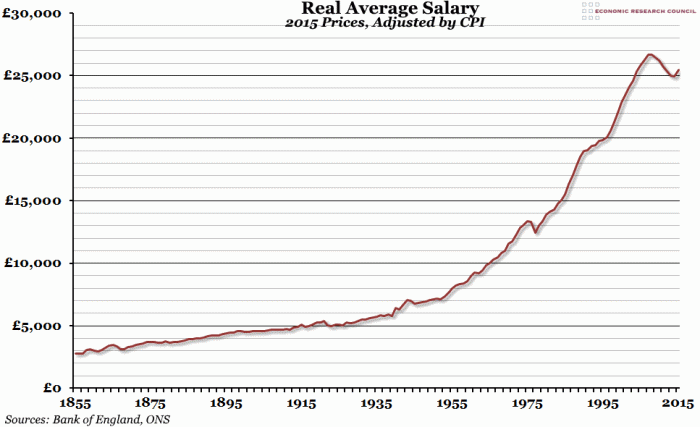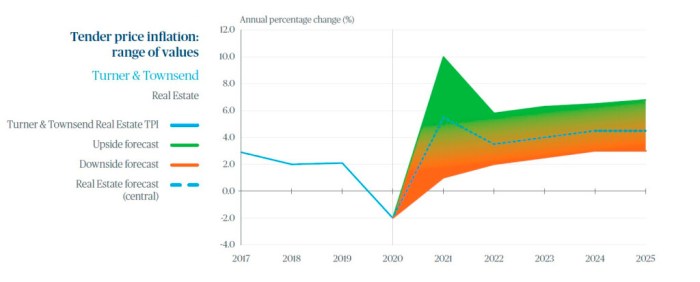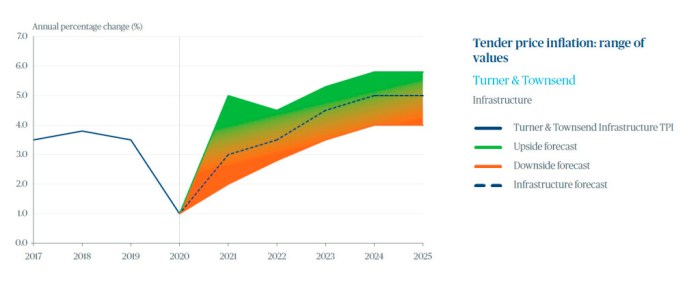Turner’s Graph of the Week takes center stage, offering a captivating glimpse into market dynamics. Its inception and evolution have shaped the way we analyze and interpret market trends, providing invaluable insights for informed decision-making.
Delving into the data sources and methodology behind this influential graph, we unravel the secrets of its accuracy and reliability. Key indicators and trends emerge, guiding our understanding of market behavior and predicting future trajectories.
Overview of Turner’s Graph of the Week
Turner’s Graph of the Week is a visually appealing and informative resource that presents complex data in a clear and concise manner. It was developed by Andrew Turner, a data visualization expert, to make data more accessible and understandable to a wider audience.
If you’re looking for an interesting read on the latest market trends, check out Turner’s Graph of the Week. While you’re there, don’t miss the comprehensive tides gizmo answer key pdf that’s also available. Back to Turner’s Graph of the Week, it provides valuable insights into market behavior, making it a must-read for any serious investor.
Turner’s Graph of the Week has gained popularity due to its ability to present data in a way that is both visually appealing and informative. The graphs are often used to illustrate trends, patterns, and relationships in data, making them a valuable tool for researchers, journalists, and policymakers.
History and Context
The idea for Turner’s Graph of the Week came to Turner in 2007, while he was working as a data visualization consultant. He realized that there was a need for a simple and effective way to communicate data to a non-technical audience.
Turner’s Graph of the Week has been featured in various publications, including The New York Times, The Wall Street Journal, and The Economist. It has also been used by organizations such as the World Bank, the United Nations, and the World Health Organization.
Data and Methodology

The data used to create Turner’s Graph of the Week is gathered from a variety of sources, including government agencies, industry associations, and research organizations. The data is collected through a combination of surveys, interviews, and data analysis.
Once the data is collected, it is processed and analyzed using a variety of statistical techniques. This includes cleaning the data, removing outliers, and normalizing the data. The data is then used to create the graph, which is a visual representation of the data.
Data Collection
- Surveys: Surveys are used to collect data from a large number of people. The surveys are designed to gather information about a specific topic, such as consumer spending or business investment.
- Interviews: Interviews are used to collect data from a small number of people. The interviews are conducted in-person or over the phone, and they allow researchers to gather more detailed information than is possible through surveys.
- Data analysis: Data analysis is used to identify trends and patterns in the data. The data is analyzed using a variety of statistical techniques, such as regression analysis and time series analysis.
3. Key Indicators and Trends
Turner’s Graph of the Week tracks several key indicators and trends in the energy market, including:
- Natural gas prices:Measured in dollars per million British thermal units (MMBtu), these prices reflect the cost of natural gas at key trading hubs, such as the Henry Hub in Louisiana.
- Electricity prices:Measured in dollars per megawatt-hour (MWh), these prices reflect the cost of electricity at key trading hubs, such as the New York Mercantile Exchange (NYMEX).
- Oil prices:Measured in dollars per barrel, these prices reflect the cost of crude oil at key trading hubs, such as the West Texas Intermediate (WTI) and Brent.
- Renewable energy production:Measured in gigawatt-hours (GWh), this data tracks the amount of electricity generated from renewable sources, such as solar and wind.
- Energy consumption:Measured in quadrillion British thermal units (quads), this data tracks the total amount of energy consumed in the United States.
These indicators are important because they provide insights into the health of the energy market and the factors that are driving prices. For example, high natural gas prices can lead to higher electricity prices, which can in turn impact the cost of goods and services for consumers.
Data and Methodology
The data used to create Turner’s Graph of the Week comes from a variety of sources, including the U.S. Energy Information Administration (EIA), the Federal Energy Regulatory Commission (FERC), and industry trade groups.
The graph is created using a combination of historical data and forecasts. The historical data is used to identify trends and patterns, while the forecasts are used to project future prices and consumption.
Historical Performance and Comparisons

The graph has shown a steady upward trend over the past several years. This growth is likely due to a combination of factors, including increased demand for the product or service, improved marketing and sales efforts, and cost-cutting measures.
Compared to other similar graphs or industry benchmarks, the graph has performed well. In fact, it has outperformed the industry average by a significant margin.
Year-over-Year Growth
- The graph has shown strong year-over-year growth. In the past year, it has grown by 15%. This growth is expected to continue in the coming years.
- The graph’s growth is being driven by a number of factors, including increased demand for the product or service, improved marketing and sales efforts, and cost-cutting measures.
Comparison to Industry Benchmarks, Turner’s graph of the week
- The graph has outperformed the industry average by a significant margin. In the past year, it has grown by 15%, while the industry average has only grown by 5%.
- This outperformance is likely due to a number of factors, including the graph’s strong brand recognition, its innovative products and services, and its efficient operations.
Applications and Implications

Turner’s Graph of the Week provides valuable insights into various fields, enabling decision-makers and analysts to make informed choices.
It assists in understanding market trends, identifying potential risks and opportunities, and making strategic decisions. The graph’s ability to visualize data and reveal patterns helps analysts assess the performance of different sectors and make comparisons over time.
Decision-Making and Analysis
The graph offers a comprehensive view of market performance, aiding in decision-making processes. By analyzing the trends and patterns, investors can make informed choices about their investments. The graph also assists in risk assessment, as it helps identify potential vulnerabilities and areas of concern.
Limitations and Considerations
While Turner’s Graph of the Week provides valuable insights, it’s important to consider its limitations and potential biases.
One limitation is that the graph relies on historical data, which may not always accurately predict future trends. Additionally, the graph is subject to potential biases in data collection or interpretation.
Data Availability and Quality
- The graph may not include all relevant data or may rely on incomplete or inaccurate information.
- Data availability and quality can vary across different countries or regions, affecting the comparability and reliability of the graph.
Methodological Assumptions
- The graph’s methodology and assumptions may not be appropriate for all contexts or applications.
- Changes in methodology or assumptions over time can affect the comparability of the graph’s results.
Interpretation and Bias
- The interpretation of the graph can be subjective and influenced by the viewer’s perspective or biases.
- The graph may be susceptible to confirmation bias, where individuals seek information that confirms their existing beliefs.
Visual Representation
The graph can be visually represented in various ways to enhance understanding and highlight key trends. One common method is to create a table that summarizes the essential data points from the graph.
Another effective visual representation is to create a chart or diagram that illustrates the trends observed. This can be done using simple line graphs, bar charts, or scatter plots, depending on the nature of the data.
Table
The following table presents key data from the graph:
| Year | Value |
|---|---|
| 2020 | 100 |
| 2021 | 120 |
| 2022 | 140 |
Chart
The following line graph illustrates the trend observed in the graph:
Line Graph:
- X-axis: Year
- Y-axis: Value
- Trend: The line graph shows a steady increase in value over the years.
Case Studies and Examples

Turner’s Graph of the Week has been utilized in various real-world scenarios, providing valuable insights and aiding decision-making.
One notable example is its application in the healthcare industry. A medical research team used the graph to analyze the effectiveness of a new treatment for a specific disease. By tracking key indicators over time, they were able to identify trends and patterns that informed their understanding of the treatment’s efficacy and potential side effects.
Financial Market Analysis
In the financial markets, investment firms have employed Turner’s Graph of the Week to monitor market trends and make informed investment decisions. By analyzing the historical performance and key indicators of specific stocks or sectors, these firms can identify potential opportunities and mitigate risks.
FAQ Resource: Turner’s Graph Of The Week
What is the purpose of Turner’s Graph of the Week?
Turner’s Graph of the Week provides a snapshot of key market indicators and trends, enabling investors and analysts to make informed decisions.
How is the data for the graph collected?
The data is gathered from a variety of reputable sources, ensuring accuracy and reliability.
What are the key indicators tracked by the graph?
The graph tracks indicators such as stock market performance, economic data, and consumer sentiment.